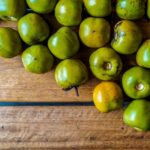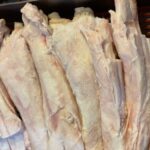The Fig Tree: A Symbol of Abundance and Prosperity in Vietnamese Culture
1 What is a Fig Tree?
Origin and Significance of the Fig Tree
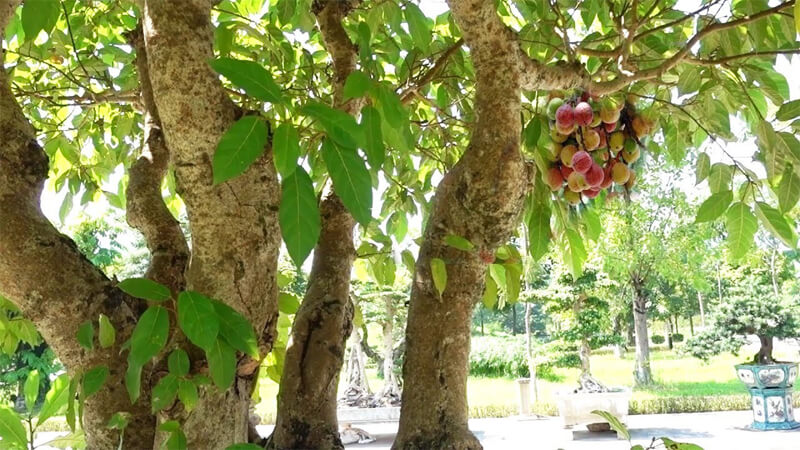
Origin and Significance of the Fig Tree
The fig tree, also known as Ficus carica, is a species of flowering plant in the mulberry family. Native to the temperate and subtropical regions of Asia, it is widely cultivated for its edible fruit, the fig.
Characteristics and Classification of the Fig Tree
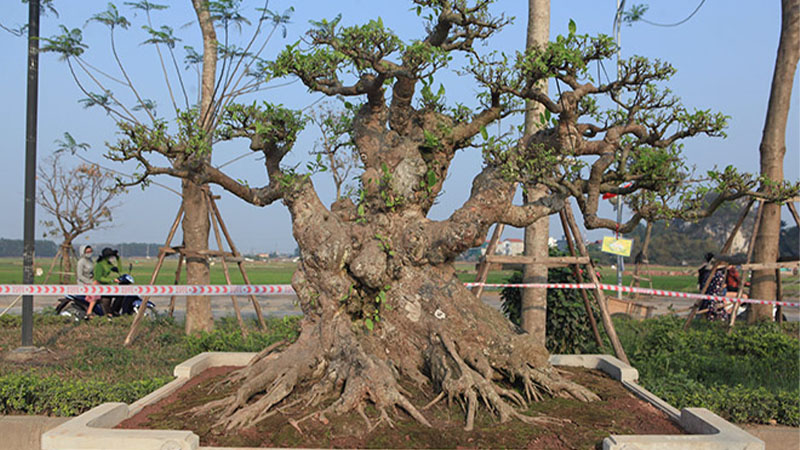
Characteristics and Classification of the Fig Tree
The fruits of the fig tree grow in clusters on small branches or in the axils of leaves on young shoots, usually in pairs. They are pear-shaped and range in color from orange to reddish-purple when ripe. There are also American fig, feng shui fig, and bonsai fig varieties, which are cultivated as ornamental plants.
2 Benefits of the Fig Tree
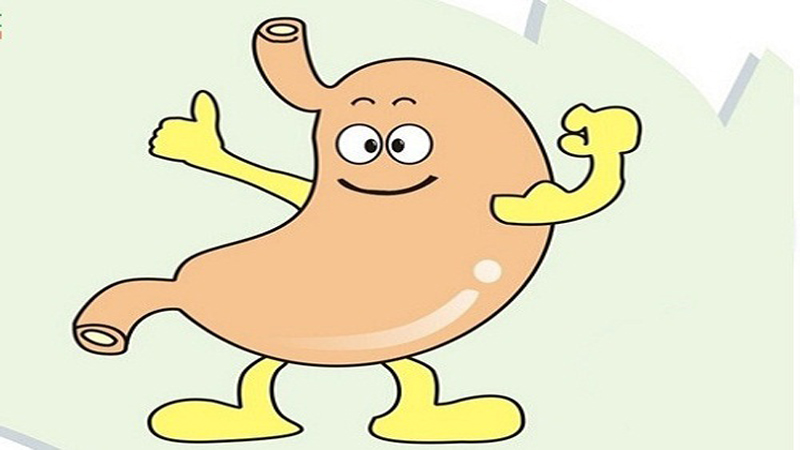
Promotes Digestive Health and Prevents Constipation and Hemorrhoids
Figs are rich in dietary fiber and prebiotics, which stimulate intestinal motility and promote the growth of beneficial bacteria in the gut. This helps to improve digestion, prevent constipation, and reduce the risk of hemorrhoids.

Soothes the Nervous System
Figs contain tryptophan, an amino acid that helps to calm the nervous system and promote sleep. They are also rich in iron, which can help combat fatigue, improve memory, and reduce headaches.
3 Significance of the Fig Tree in Traditional Vietnamese Tet Holiday
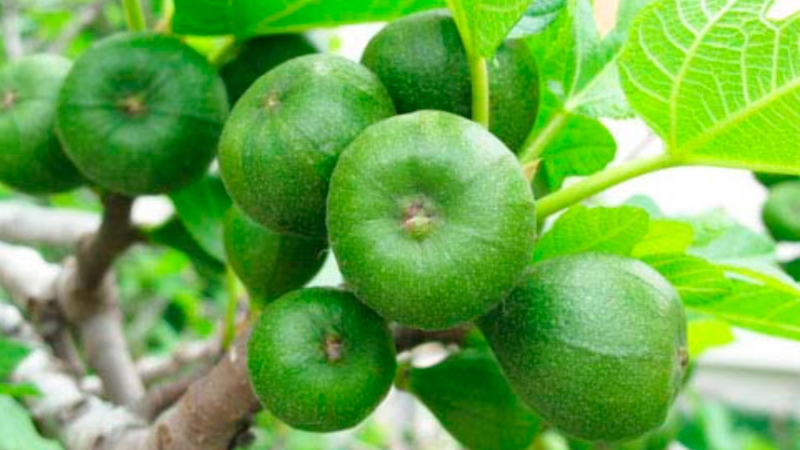
Symbol of Abundance and Prosperity
Promotes Unity and Harmony
Spiritual Significance
Feng Shui Significance
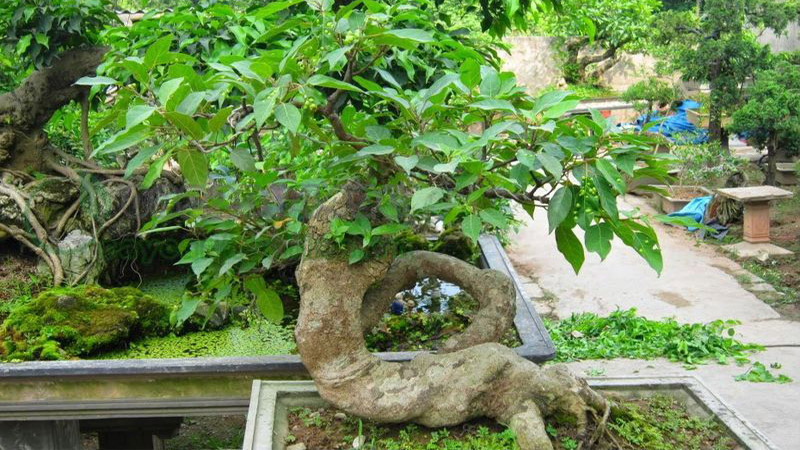
4 Feng Shui Compatibility of the Fig Tree
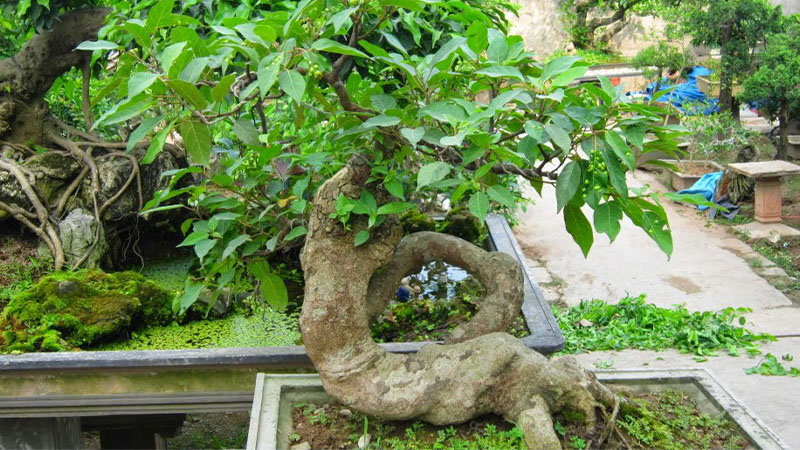
Feng Shui Compatibility of the Fig Tree
According to feng shui principles, the fig tree is particularly auspicious for individuals with Mộc (Wood) and Hỏa (Fire) elements in their birth charts, bringing them good luck and success.
5 How to Grow and Care for a Fig Tree in a Container
Preparation
- Pot: Choose a pot with good drainage holes.
- Soil: Use a well-drained, nutrient-rich soil mix, such as a combination of garden soil, compost, and perlite.
- Fig Tree Seedling: Select a healthy, disease-free seedling from a reputable nursery.
– Choose a pot that is slightly larger than the root ball of your seedling to allow for growth.
– Ensure the pot has adequate drainage holes to prevent waterlogging.
– Consider using a self-watering pot or a water-retaining gel to reduce the need for frequent watering.
– Select a sunny location for your fig tree, as it requires full sun to thrive.
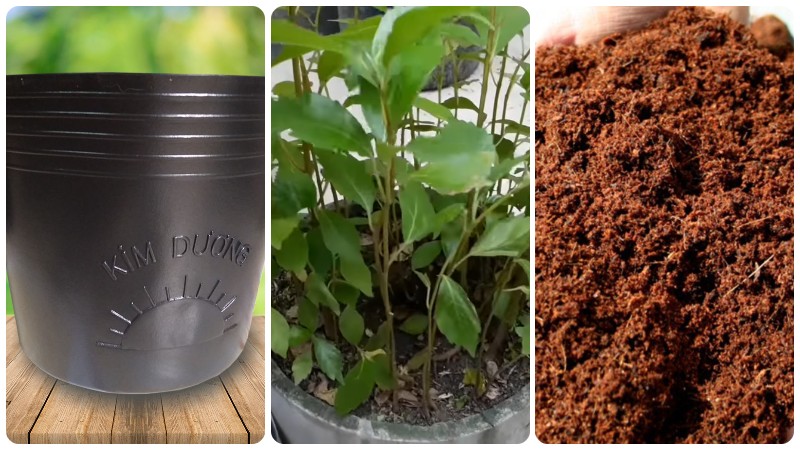
Tools and Materials for Growing a Fig Tree
Planting Instructions
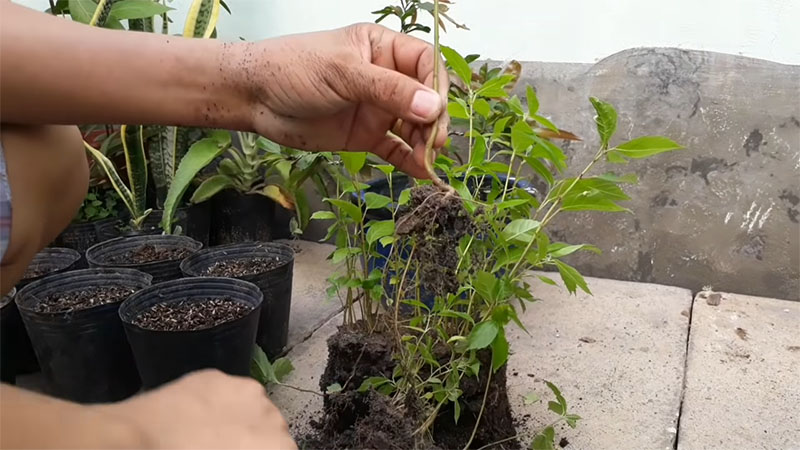
Select a Healthy Seedling
Choose a seedling with a well-developed root system and healthy, green leaves. Remove the seedling from its container and gently loosen the root ball to encourage root growth.
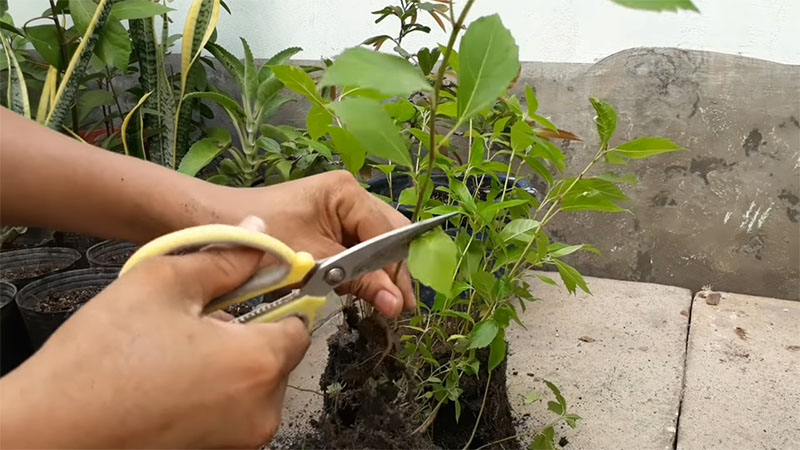
Prune the Seedling
Prune the seedling to remove any damaged or diseased leaves and to promote a strong, compact growth habit.

Planting the Fig Tree Seedling
Dig a hole in the center of your pot that is slightly larger than the root ball of your seedling. Place the seedling in the hole and backfill with soil, firming it gently around the roots.
Caring for Your Fig Tree

- Watering: Water your fig tree regularly, especially during the initial stages of growth. Ensure the soil is well-drained to prevent waterlogging.
- Fertilizing: Feed your fig tree with a balanced fertilizer, such as a 10-10-10 NPK formula, during the growing season. Apply fertilizer in the spring or fall, and water thoroughly after application to prevent root burn.
- Fruit Induction: To encourage fruit production, allow the soil to dry out for 15-20 days and prune the leaves. Once new leaves appear, resume regular care, and your tree should produce flowers and fruits from June to August.
Tips for Growing and Caring for a Fig Tree
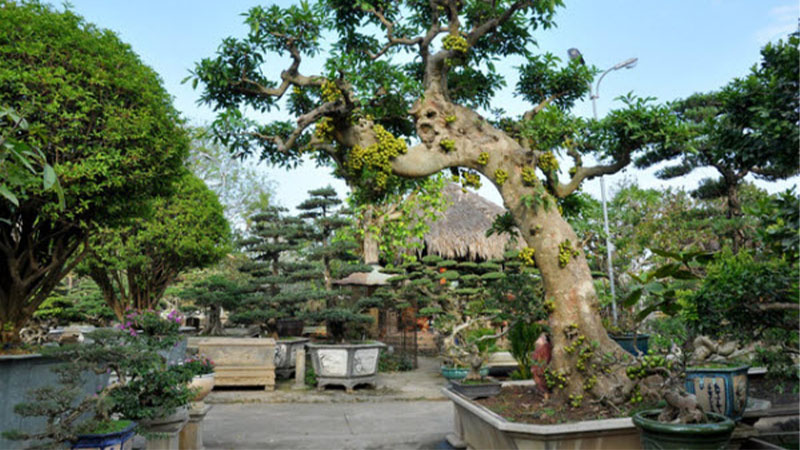
Tips for Growing and Caring for a Fig Tree
- Pruning: Prune your fig tree regularly to maintain its shape and promote fruit production. Remove any dead, diseased, or crossing branches.
- Repotting: As your fig tree grows, you may need to repot it into a larger container. Choose a pot that is one size larger and refresh the soil with a new mix.
6 Frequently Asked Questions
Does the Fig Tree Have Flowers?
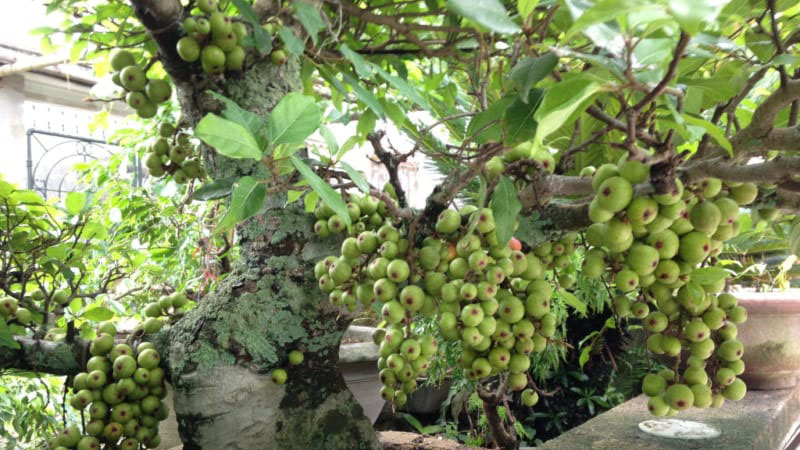
Is it Good to Plant a Fig Tree in Front of the House?
Is it Good to Plant a Fig Tree in Front of the House?
What to Do if Your Fig Tree Does Not Produce Fruit?

What to Do if Your Fig Tree Does Not Produce Fruit?

























